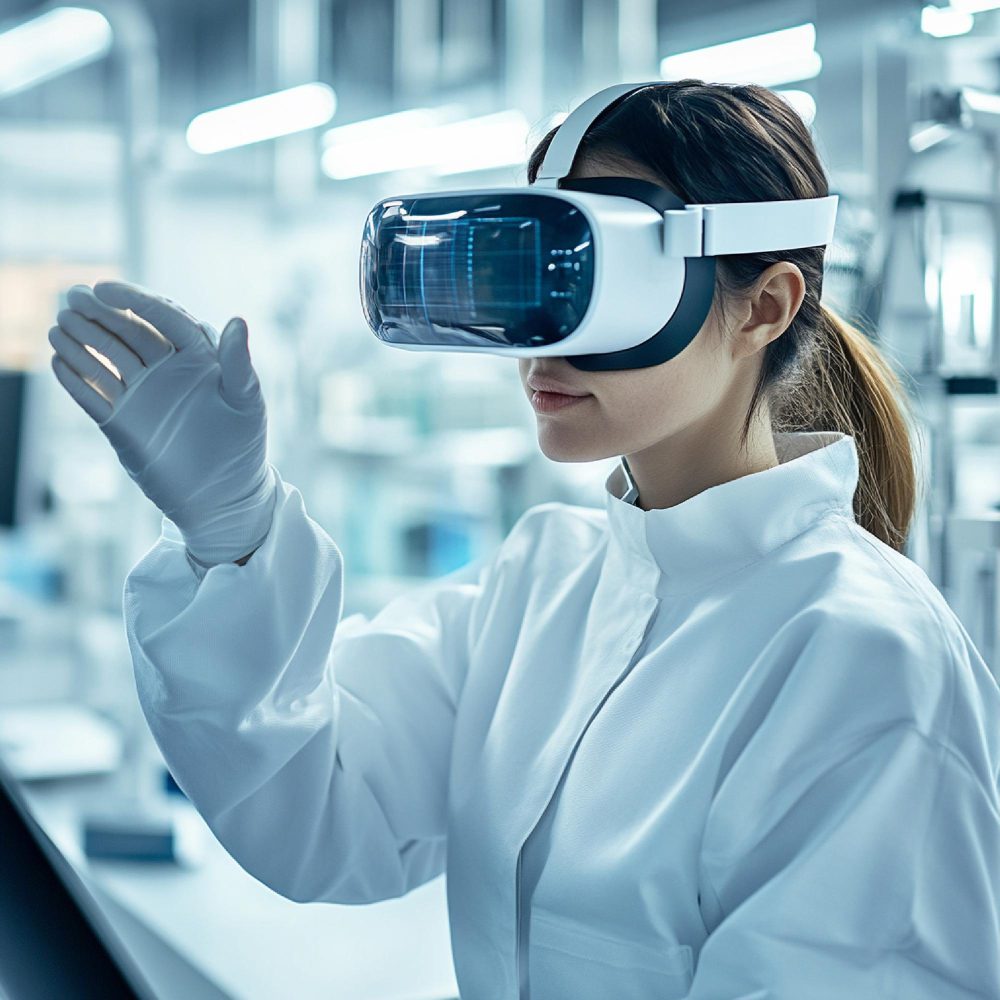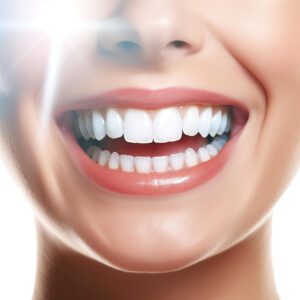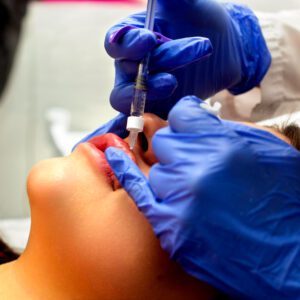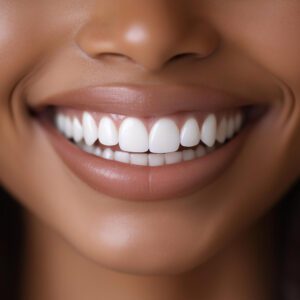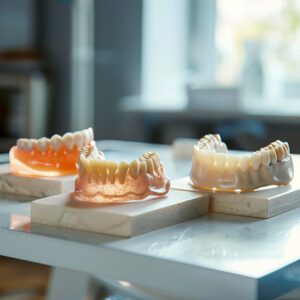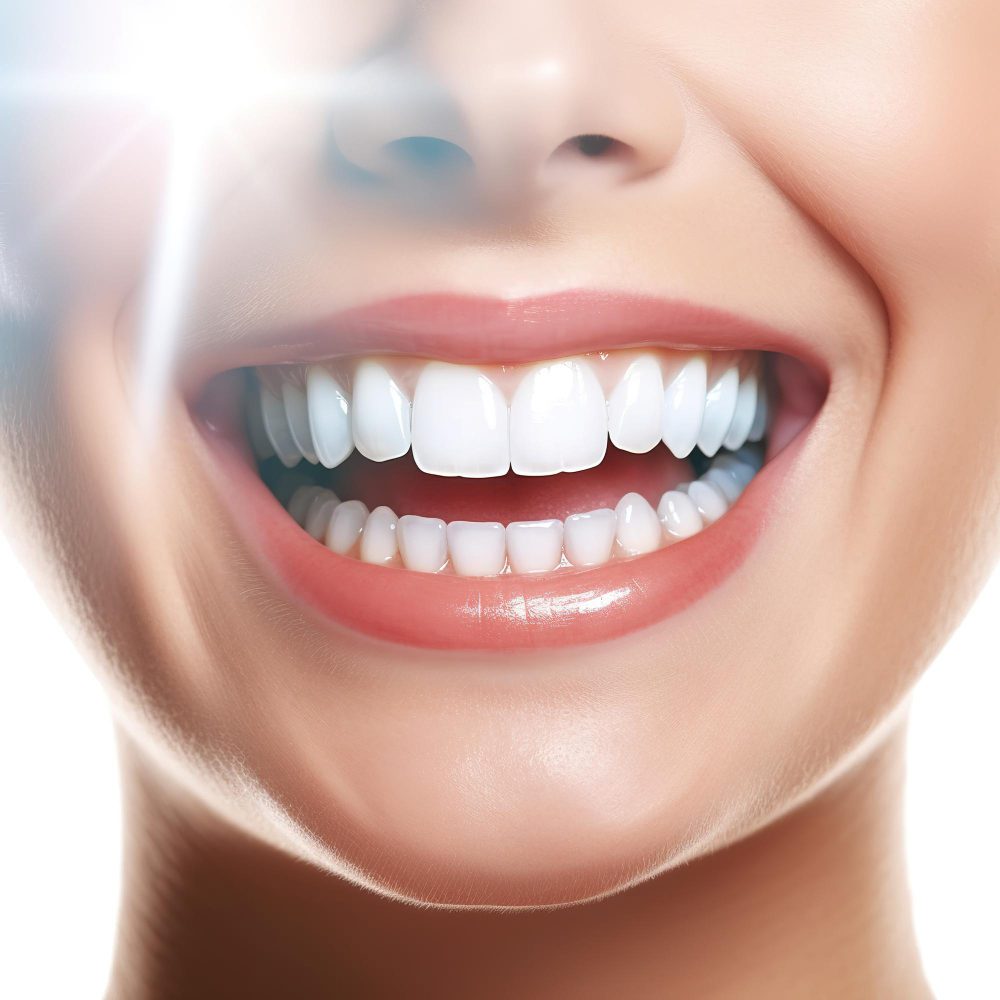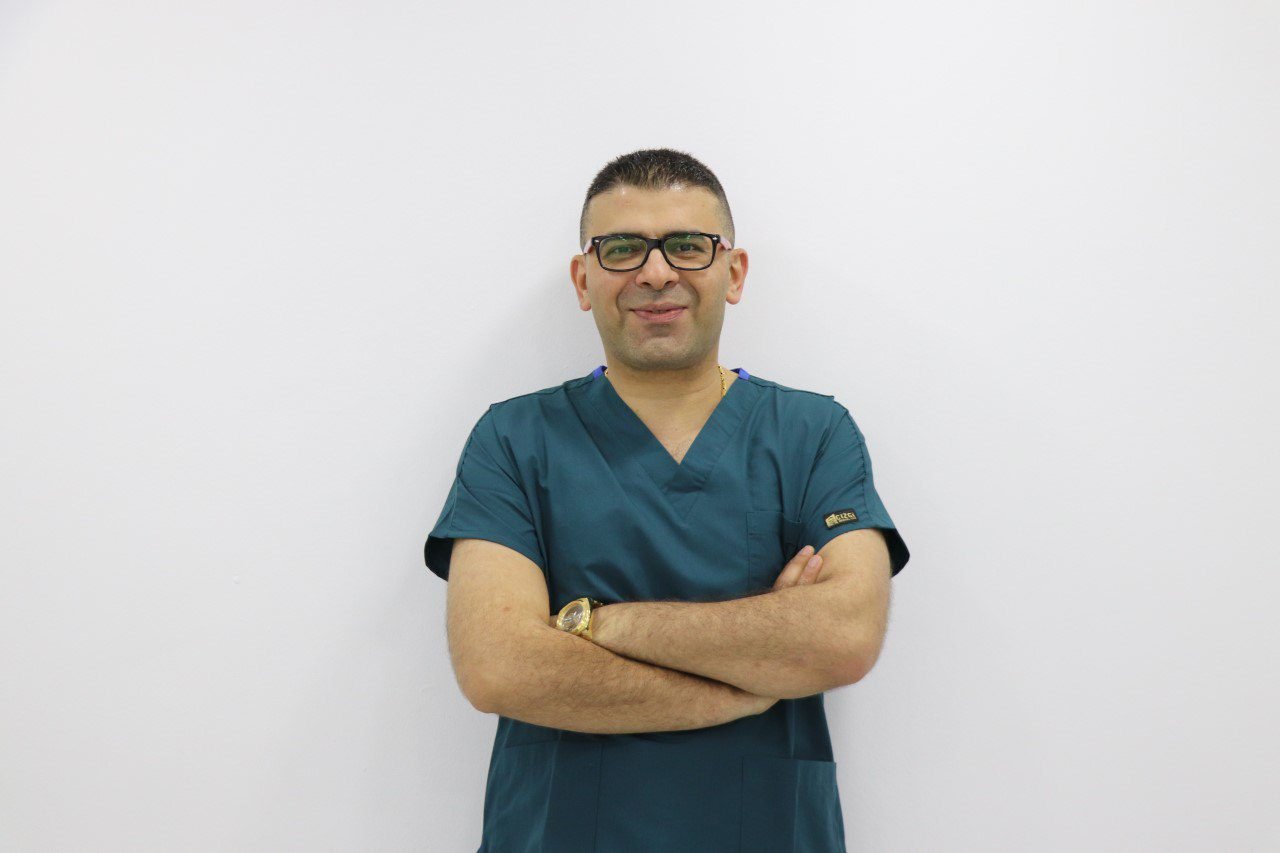Introduction
For decades, dental education has relied on textbooks, plastic models, and supervised training on real patients. But today, a silent revolution is reshaping how future dentists are trained: Virtual Reality (VR).
This advanced technology allows dental students and young professionals to practice complex procedures in a safe, interactive, and highly realistic environment—without the need for live patients. By combining VR with artificial intelligence and 3D simulation, training is becoming more precise, efficient, and accessible.
In Turkey, particularly in Istanbul, Dr. Abdurrahman Ozturk Clinic has emerged as one of the leading centers not only for high-quality dental treatments but also as a model of excellence, with highly experienced dentists trained on the most advanced digital and VR-based educational methods.
What Is Virtual Reality (VR) in Dentistry?
Virtual Reality in dentistry involves creating an immersive, 3D digital environment where students can interact with simulated patients using specialized headsets and haptic devices.
- VR headsets provide a fully immersive 3D view of the oral cavity.
- Haptic feedback tools simulate the feeling of real dental instruments.
- Smart simulation software recreates anatomical details, procedural steps, and even unexpected complications.
This makes VR training more realistic than any traditional mannequin or plastic model ever could.
Evolution of Dental Training
- Traditional Era: Reliance on lectures and practice on artificial models.
- Digital Era: Use of digital imaging, CAD/CAM, and computer-based simulation.
- VR Era: Integration of virtual reality and artificial intelligence, enabling lifelike practice, immediate feedback, and repeatable scenarios.
Benefits of VR in Dental Education
- Safe Learning Environment
– Students can practice endlessly without risk to real patients. - Building Confidence and Skills
– Repetition of complex procedures strengthens technical accuracy before real-life practice. - Microscopic Detail
– VR allows trainees to visualize fine details of dental anatomy not easily visible otherwise. - AI-Powered Feedback
– Many systems use artificial intelligence to evaluate performance and suggest improvements. - Cost Efficiency
– Reduces reliance on consumable materials and real patient sessions.
Applications of VR in Dentistry
- Dental Implants: Training on precision drilling and implant placement near nerves and sinuses.
- Endodontics (Root Canal Therapy): Navigating complex root canals in realistic simulations.
- Oral and Maxillofacial Surgery: Practicing extractions, cyst removal, and fracture management.
- Cosmetic Dentistry: Learning digital smile design integrated with VR simulation.
- Orthodontics: Testing different treatment plans and bite corrections virtually.
Global Research on VR in Dentistry
- Harvard University (USA): Developed VR-based implant training systems.
- Tokyo Medical and Dental University (Japan): Integrated VR for surgical training with measurable skill improvements.
- European Dental Association: Reported VR training increased accuracy and confidence by more than 40%.
Challenges and Limitations
- High Cost: VR hardware and software remain expensive for some institutions.
- Learning Curve: Students need time to adapt to using VR devices.
- Simulation Limits: Some systems cannot yet fully replicate highly complex surgical cases.
Despite these challenges, costs are expected to decrease, and VR will become a standard in dental schools worldwide.
Dr. Abdurrahman Ozturk Clinic: Where Experience Meets Technology
Located in the heart of Istanbul, the Dr. Abdurrahman Ozturk Clinic represents the perfect synergy of expertise and innovation.
- A team of highly experienced dentists trained with the latest educational technologies, including VR.
- Digital Smile Design (DSD) and 3D imaging integrated into daily practice.
- Advanced treatments in implantology, cosmetic dentistry, and complex restorative care.
- A trusted destination for both local and international patients seeking excellence.
The clinic is more than a treatment center; it is a reflection of how modern training and advanced technology directly enhance patient care.
Conclusion
Virtual Reality is a silent educational revolution in dentistry, reshaping how future dentists are trained. By offering realistic, risk-free, and interactive experiences, VR prepares students for the complexity of real-life procedures like never before.
As technology continues to advance, clinics that invest in training and innovation—like the Dr. Abdurrahman Ozturk Clinic in Istanbul—stand out as the leading choice for patients and professionals alike, blending high-level expertise with state-of-the-art technology.

